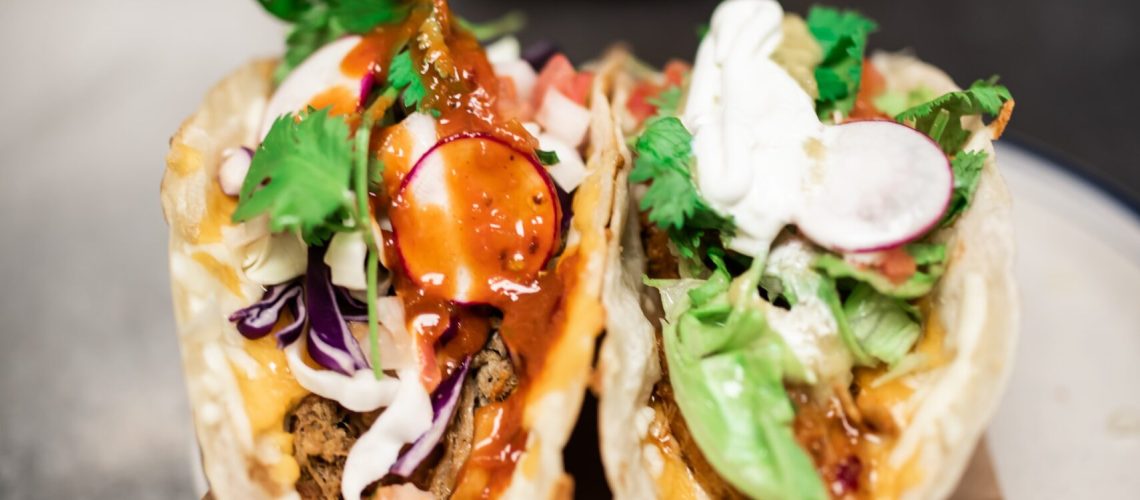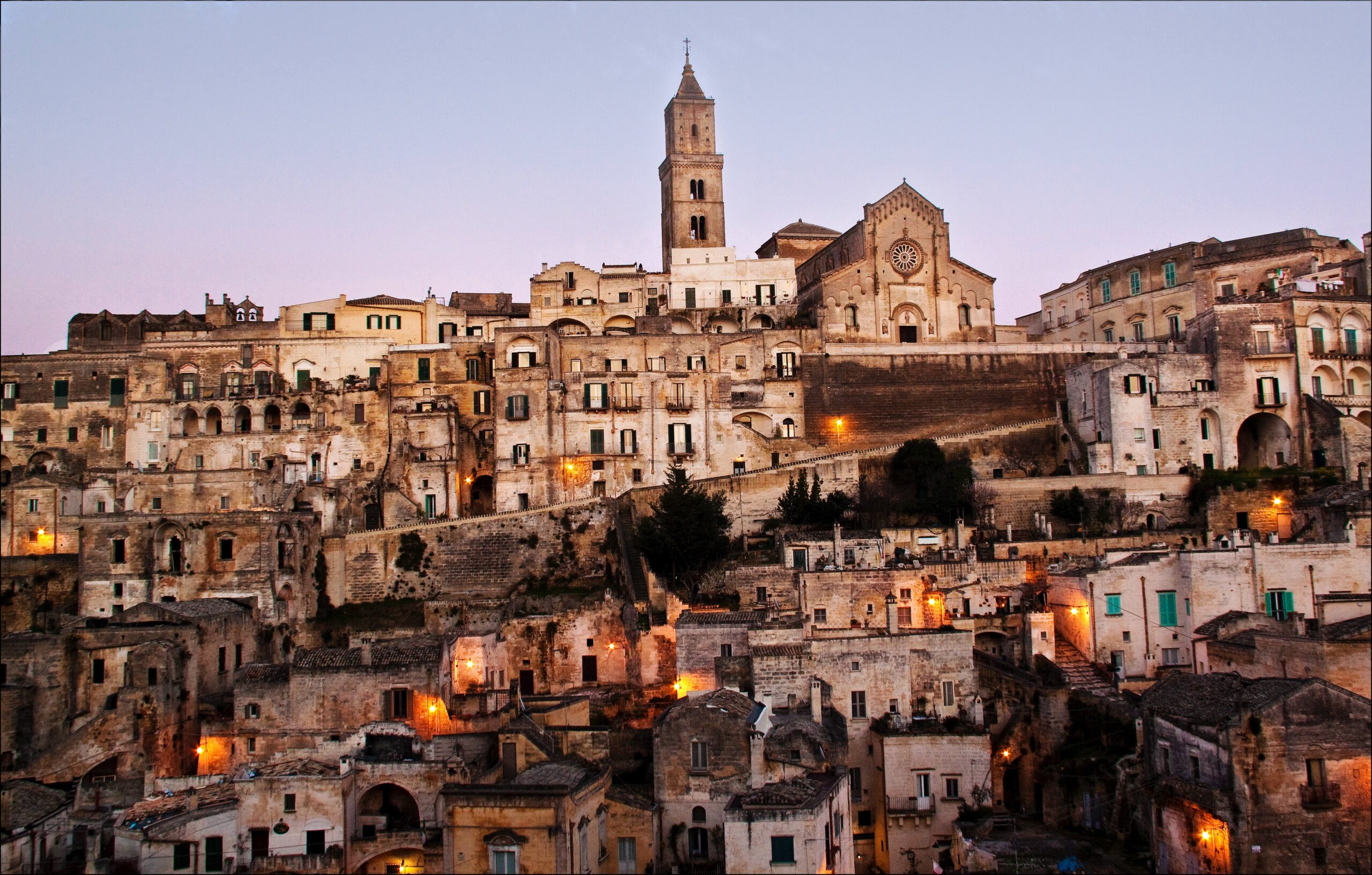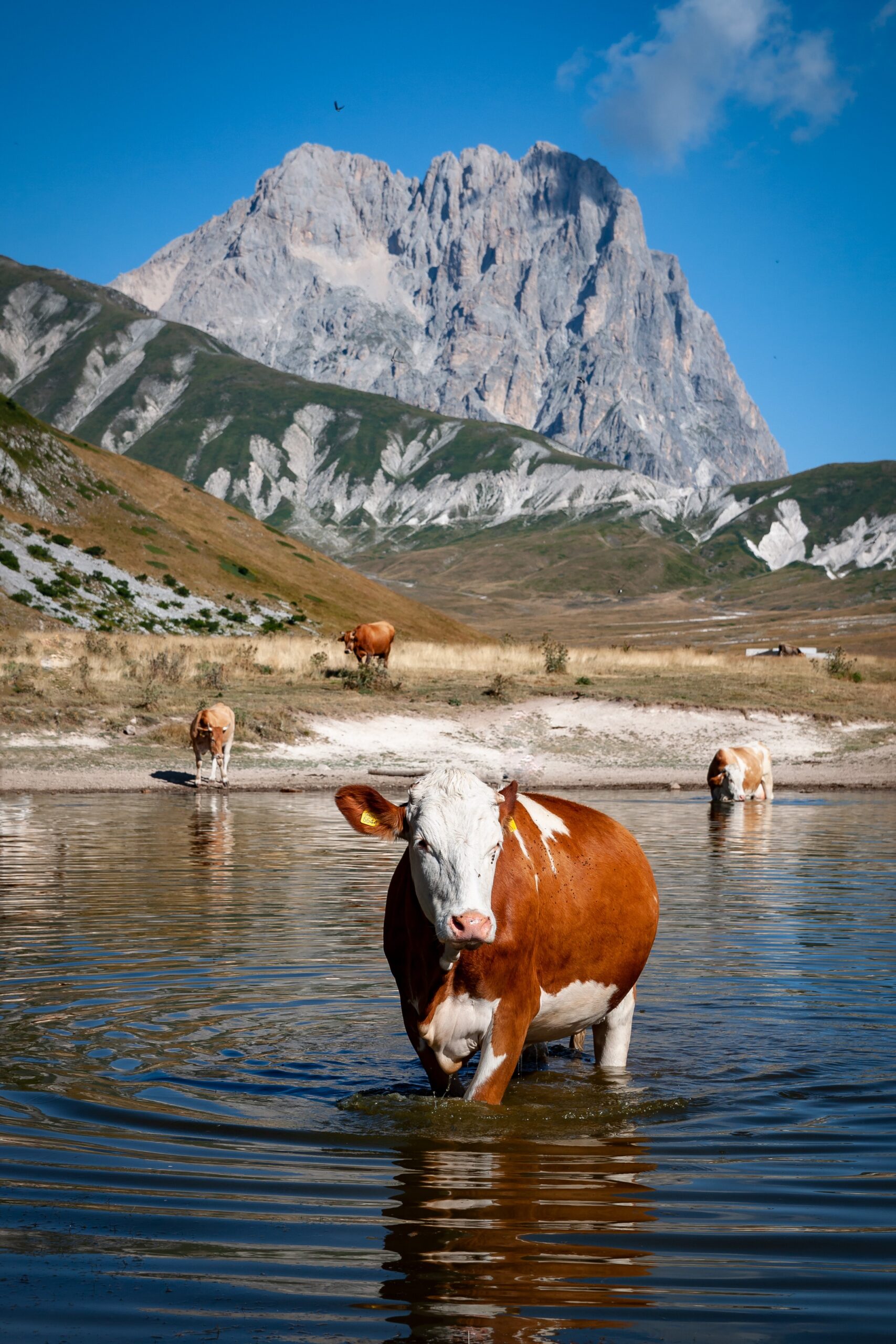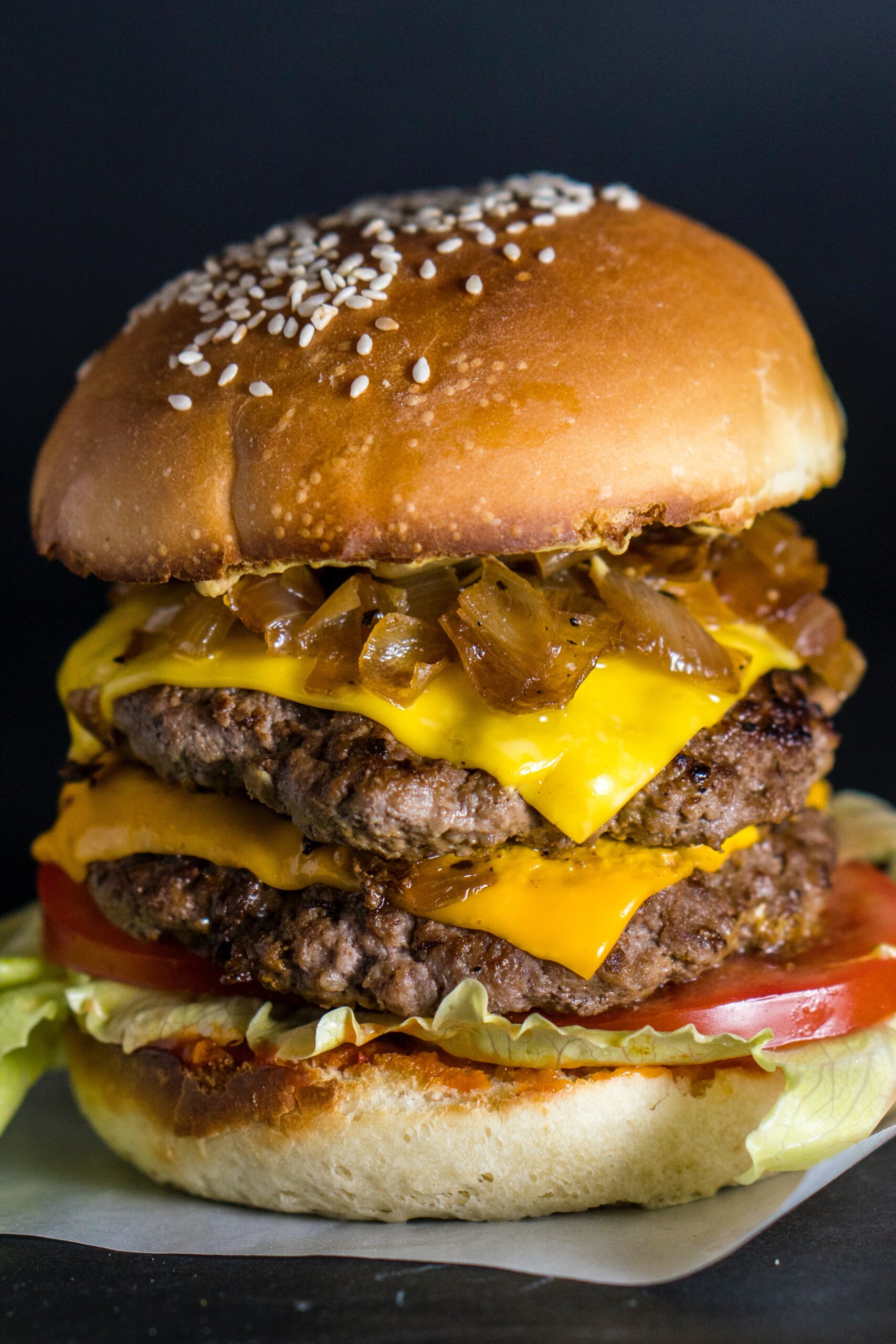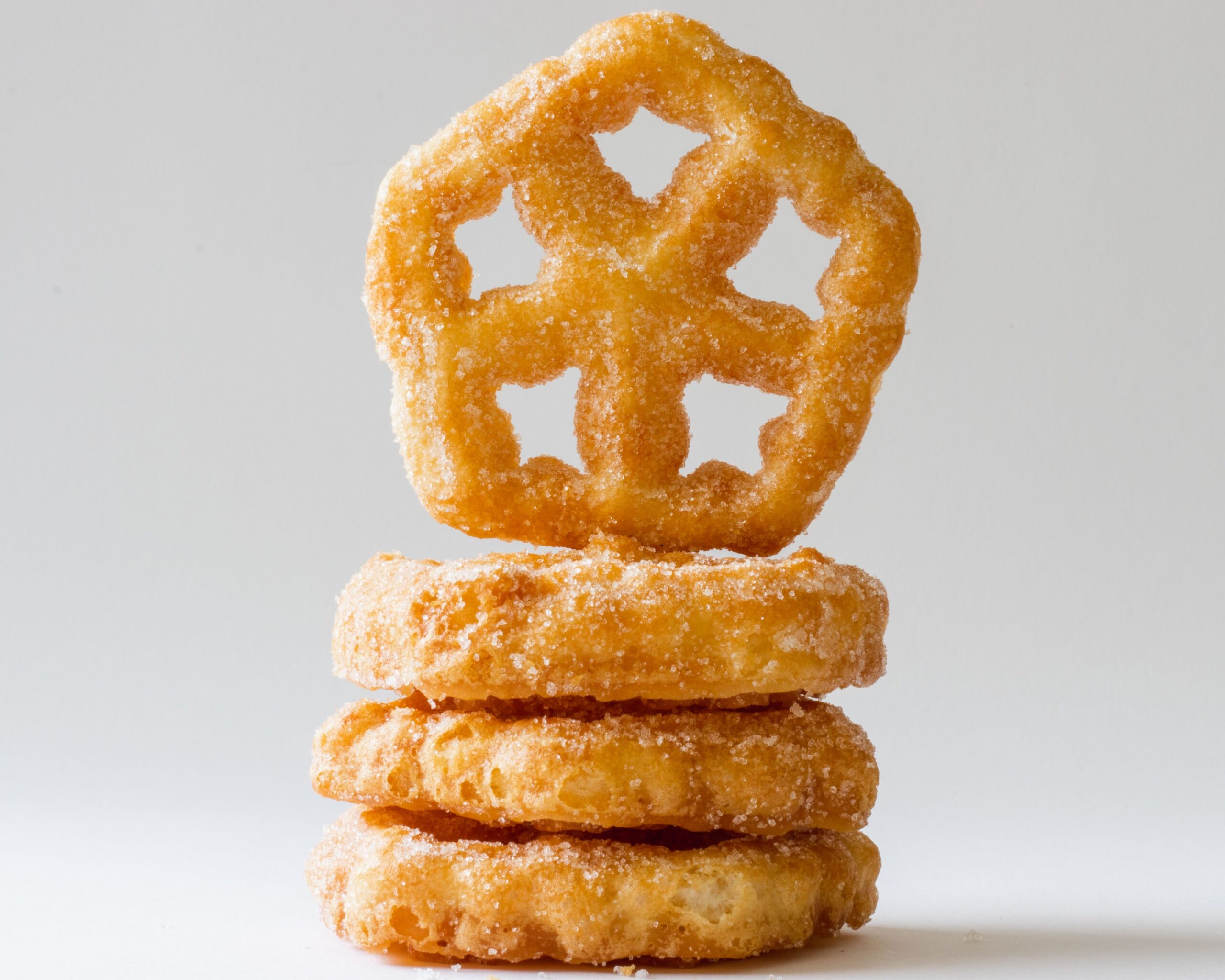One of the great joys of living in Southern California is its proximity to Mexico. Mexican food is everywhere, and it’s delicious. But if you live outside of Southern California, you may have noticed that Mexican food is not quite the same.
The reason for this is simple: A lot of people think they know what Mexican food is, but they don’t.
Mexican cuisine has been bastardized by American chains like Taco Bell and Del Taco, which use cheap ingredients and prepare them under unsanitary conditions.
Even worse than these national chains are local restaurants that serve up bland versions of Mexican food made with inferior ingredients or none at all.
Salsa
Fresh salsa and pico di gallo are staples of Mexican cooking in southern California. They’re made daily at restaurants so they’re always fresh — no jarred stuff here!
Salsa is a tomato-based sauce with fresh tomatoes, onions, garlic and jalapeños. It can also be made with tomatillos for a tangier taste.
Pico di gallo is an uncooked salsa made from chopped tomatoes, onions and cilantro.
Guacamole
Guacamole is so versatile; it can be used as a dip or a dressing over salads, sandwiches and soups alike!
The key to making guacamole is to use ripe avocados, which are soft and have dark spots on the skin. The flavor of the avocado should be creamy and sweet. If you are using an avocado that is not fully ripe, simply place it in a paper bag with an apple for 1-2 days until it is ripe enough. Make sure that you only add salt after your avocados are mashed up since it can turn them brown!
You can dress up your guacamole by adding spices like red pepper flakes or cilantro if desired. For an added kick try adding lime juice or even jalapeño peppers! Try adding some diced tomatoes or onions to make salsa verde, or top off your sandwich with some spicy chipotle mayo (mayonnaise mixed with chipotle in adobo sauce).
Black Beans vs Refried Beans
Let’s start by clearing up what black beans and refried beans are. Refried beans are cooked twice, which makes them thicker, more like a paste. Black beans are cooked once, which makes them thinner and more like soup. They can be served hot or cold (they’re the base for most of those delicious Mexican soups called sopa), with cheese or without.
Sour Cream
Sour cream is a staple of Mexican cooking in Couther california. In fact, if you ask for sour cream at any restaurant outside California, they’ll probably give you some kind of weird look before saying no. But here’s the thing: sour cream isn’t actually a staple of Mexican cooking at all! It was invented by American dairy farmers who wanted to sell more milk to Mexicans, who loved it so much they started using it in everything from burritos to enchiladas to queso fundido (cheese dip).
So why does everyone think sour cream belongs on tacos? Because we Californians think that everything should be covered with sour cream.
Carne Asada
Carne Asada (Grilled beef) is a classic dish that you will find on almost every Mexican restaurant menu, and it’s no surprise why: it’s delicious! Carne asada typically consists of grilled beef and is usually served with guacamole, salsa, cheese, tortillas, rice and beans. You can even get carne asada tacos or burritos if you want to go even more big-time traditional.
Carnitas
Carnitas are a staple of mexican cooking in southern california. They’re made from pork butt that’s been cooked for hours, then shredded and crisped in its own fat in a shallow pan. The result is a crispy, crunchy meat that’s rich with flavor and tender to the bite. It’s delicious on its own, but it also makes a great filling for tacos or tostadas or even served alongside rice and beans as part of a larger meal.
The problem is that carnitas are hard to make properly outside of SoCal. Most restaurants don’t have the time or the space to slow-cook large amounts of pork butt until it turns tender enough to shred easily with two forks. Instead they use cheaper cuts like pork loin or ribs and boil them until they’re tender enough to pull apart with your fingers — not exactly the same thing as traditional carnitas by any stretch of the imagination.
Jalapeños
There are many reasons why you can’t get good Mexican food outside of Southern California. The first is the jalapeño, which is a chili pepper that grows all over Mexico and Central America. It’s not just one of the most popular chilies in the world—it’s also integral to many Mexican dishes, from salsa to tamales to salsas de molcajete (a type of sauce made with roasted tomatoes). So crucial is this vegetable that it has been declared an “emblematic element” by UNESCO.
Jalapeños are also used as decoration in Mexico: they hang from trees like Christmas lights or adorn folk art sculptures on restaurant walls. When placed atop nachos or tacos, they form a small crown between your meal and your mouth; when fried whole until crisp, they are called totopos (“topping chips”). If you’re adventurous enough to try them fresh instead of pickled—and if you’re lucky enough not to have an allergy—you’ll find their flavor spicy but not overwhelming: there’s also some sweetness along with citrusy undertones that stay after eating even though they aren’t immediately apparent when tasting them raw. More importantly than their taste however is what jalapeños do for people who eat them regularly: they’re high in vitamin C!
The differences are subtle but they make all the difference in the world.
When you move away from southern California, the differences between it and other places become abundantly clear. The experience of eating Mexican food around the country can be very different from what you’re used to at home. This is because there are a lot of different kinds of Mexican food. It’s not just one thing!
There are many different kinds of tacos and burritos, for example. Some places serve their tacos on flour tortillas while others use corn tortillas. Sometimes the meat is cooked with onions, cilantro and tomatoes; other times it’s simply seasoned beef or pork that’s placed into a soft tortilla shell along with lettuce, sour cream, cheese and salsa.
Conclusion
The above list is by no means comprehensive. There are many, many more differences between Mexican food in California and Mexican food outside of it. But hopefully, we’ve given you some insight into why the difference is so drastic—and also made you hungry for some good tacos!
Photo by The Nix Company on Unsplash
